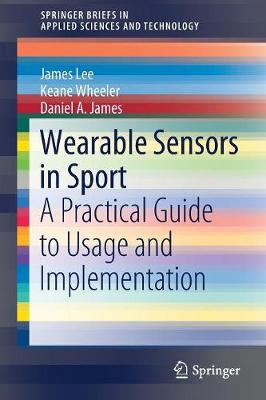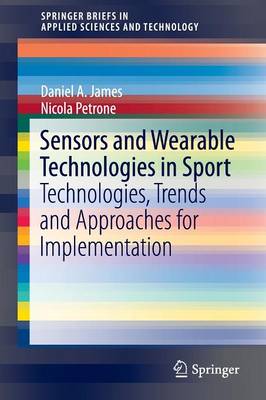SpringerBriefs in Applied Sciences and Technology
2 total works
Drawing on 15 years of experience in the development and use of wearable sensors in sports science, this book bridges the gap between technical research and the widespread adoption of inertial sensors in biomechanical assessment and ambulatory studies of locomotion. It offers a 'no-nonsense' guide to using inertial sensors for readers from the sports science disciplines who may be unfamiliar with the terms, concepts and approaches that lead to these sensors' successful use. At the same time, the book introduces readers with a technical background, e.g. in engineering, to sport science methodologies that can provide valuable insights into the use of sensors in a practical environment that extends well beyond bench testing.
Sensors and Wearable Technologies in Sport
by Daniel A. James and Nicola Petrone
This book explores emerging trends in wearable sensors for sport and highlights the developments taking place. Drawing on the literature both the approaches and principals for the use of sensors in sport are outlined, and together with references to key works the reader finds this useful in considering such endeavours. The development of wearable technologies is fast paced and accompanying that is an exponential growth in the use and development of computing resources, thus while the review is comprehensive on content not all works can be included and given publication times will inevitably be somewhat dated. The illumination through trends, examples and principles are an aid for anyone considering the use of sensors and wearables in sports.

